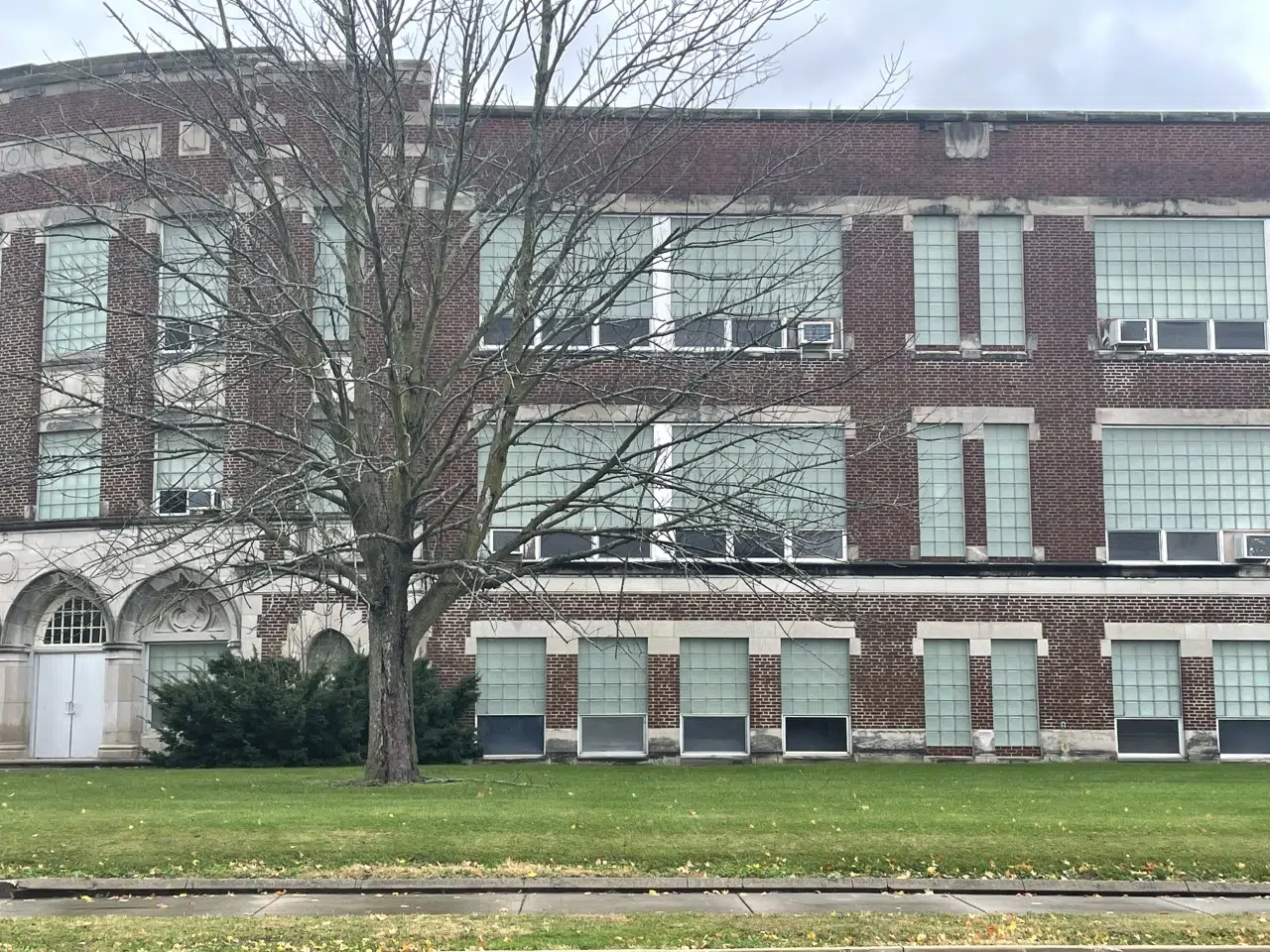Vermilion County First: Discovering The Rich Heritage And Vibrant Future
Vermilion County first emerges as a remarkable region with a storied past and promising future. Nestled in east-central Illinois, this area has captivated historians, nature enthusiasts, and business leaders alike. From its fertile lands to its vibrant communities, Vermilion County stands out as a pivotal location in the Midwest.
As we explore Vermilion County first in this comprehensive article, we will delve into its historical roots, economic developments, and cultural significance. This article aims to provide readers with an in-depth understanding of what makes Vermilion County unique and why it deserves attention on a national scale.
Whether you're a local resident, a potential investor, or simply someone curious about the Midwest's hidden gems, this article will offer valuable insights into Vermilion County's past, present, and future. Let's embark on this journey to uncover the essence of Vermilion County first.
Read also:April 21 Birthdays Celebrating Iconic Personalities And Their Remarkable Achievements
Table of Contents
- History of Vermilion County
- Geography and Climate
- Economic Development in Vermilion County
- Education System
- Cultural Heritage
- Tourism Opportunities
- Community Initiatives
- Challenges Facing Vermilion County
- Future Prospects
- Conclusion
History of Vermilion County
Early Settlements
Vermilion County first became a hub of activity during the early 19th century when settlers began migrating to the region. The fertile soil and abundant natural resources attracted farmers and entrepreneurs. The county was officially established in 1826, named after the Vermilion River that flows through its heart.
Key milestones in Vermilion County's history include the establishment of the first settlements, the development of agriculture, and the growth of trade routes. These early developments laid the foundation for the vibrant community that exists today.
Significant Historical Events
Several significant events have shaped Vermilion County's history. The arrival of the railroad in the mid-19th century transformed the region into a major transportation hub. Additionally, the discovery of coal deposits fueled industrial growth and contributed to the county's economic prosperity.
- 1826: Vermilion County is officially established.
- 1850s: The railroad arrives, boosting trade and commerce.
- 1860s: Coal mining becomes a major industry.
Geography and Climate
Vermilion County's geography is characterized by rolling hills, fertile plains, and the Vermilion River, which plays a crucial role in the region's ecosystem. The county covers an area of approximately 1,127 square miles and is bordered by several other counties in Illinois.
The climate in Vermilion County is typical of the Midwest, with distinct seasons. Summers are warm and humid, while winters are cold and snowy. This climate supports a diverse range of flora and fauna, making the region an ideal location for agriculture and outdoor activities.
Economic Development in Vermilion County
Agriculture
Agriculture remains one of the primary economic drivers in Vermilion County. The county is renowned for its production of corn, soybeans, and livestock. Advances in farming technology and sustainable practices have ensured that agriculture continues to thrive in the region.
Read also:Ynw Melly Birthday Celebrating The Life And Music Of A Rising Star
Industry and Commerce
Beyond agriculture, Vermilion County boasts a diverse industrial landscape. Manufacturing, healthcare, and retail sectors contribute significantly to the local economy. The presence of major highways and transportation networks further enhances the county's economic potential.
Education System
The education system in Vermilion County is robust, offering a wide range of opportunities for students of all ages. From elementary schools to higher education institutions, the county places a strong emphasis on providing quality education.
Key educational institutions in Vermilion County include Danville Area Community College and Eastern Illinois University. These institutions play a vital role in fostering innovation and preparing students for the workforce.
Cultural Heritage
Vermilion County first showcases a rich cultural heritage that reflects its diverse population. The county hosts numerous festivals and events throughout the year, celebrating its history, traditions, and arts.
Local museums and historical sites provide visitors with a glimpse into Vermilion County's past. The Vermilion County Museum, for example, offers exhibits that highlight the region's Native American history and early settlements.
Tourism Opportunities
Natural Attractions
Vermilion County offers a wealth of natural attractions for outdoor enthusiasts. The Middle Fork River State Fish & Wildlife Area and Kickapoo State Recreation Area are popular destinations for hiking, fishing, and birdwatching.
Cultural Sites
In addition to natural attractions, Vermilion County boasts several cultural sites that attract tourists. The Danville Art Institute and the Vermilion County War Museum are must-visit locations for those interested in art and history.
Community Initiatives
Vermilion County first excels in community engagement and development. Local organizations and government bodies work together to address social issues and improve the quality of life for residents. Initiatives focused on healthcare, education, and environmental sustainability are at the forefront of these efforts.
Volunteer opportunities abound in Vermilion County, allowing residents to contribute to the community's growth and well-being. From food banks to environmental clean-up projects, there are countless ways to get involved.
Challenges Facing Vermilion County
Despite its many strengths, Vermilion County faces several challenges. Economic disparities, infrastructure needs, and environmental concerns require attention and action. Local leaders and stakeholders are committed to addressing these issues through strategic planning and collaboration.
Efforts to revitalize downtown areas, improve public transportation, and promote renewable energy sources are underway. These initiatives aim to create a more sustainable and equitable future for all residents.
Future Prospects
Vermilion County first looks toward a bright future filled with opportunities for growth and development. Emerging industries, such as technology and renewable energy, offer promising avenues for economic expansion. Additionally, ongoing investments in education and infrastructure will help position the county as a leader in the Midwest.
As Vermilion County continues to evolve, it remains committed to preserving its rich heritage while embracing innovation and progress. The county's dedication to sustainability, community engagement, and economic development ensures a prosperous future for generations to come.
Conclusion
Vermilion County first stands as a testament to the resilience and determination of its residents. From its storied past to its vibrant present and promising future, the county offers something for everyone. Whether you're exploring its natural beauty, engaging in community initiatives, or investing in its economic potential, Vermilion County has much to offer.
We invite you to share your thoughts and experiences in the comments below. Additionally, feel free to explore other articles on our site for more insights into the fascinating world of Vermilion County. Together, let's celebrate the unique qualities that make Vermilion County first a remarkable place to live, work, and visit.
Data sources: U.S. Census Bureau, Illinois State Historical Society, Vermilion County Museum, and local government reports.


